Performance Monitor is an oldie but goldie tool to analyze performance problems. In this article, we will learn how we can write Perfmon counter data to a SQL database through the ODBC connection.
Read more »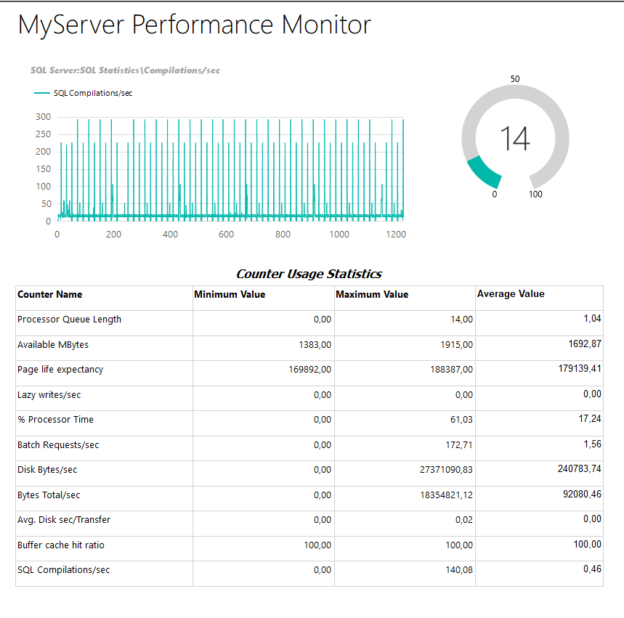

Performance Monitor is an oldie but goldie tool to analyze performance problems. In this article, we will learn how we can write Perfmon counter data to a SQL database through the ODBC connection.
Read more »
In this article, we will discuss how to resolve I/O problems that is a very important point for the SQL Server troubleshooting. The storage subsystem is one of the significant performance factors for the databases. Detecting and identifying I/O problems in SQL Server can be a tough task for the database administrators (DBAs). Generally, the underlying reasons for the I/O problems can be:
Read more »
In this article, we will learn how to test our storage subsystems performance using Diskspd. The storage subsystem is one of the key performance factors for SQL Server because SQL Server storage engine stores database objects, tables, and indexes on the physical files. Therefore, the storage engine always interacts with the disk subsystem because of data processing. In this context, when a bottleneck occurs on the storage subsystems, it causes a negative impact on SQL Server performance. It would be the right approach to measure the performance of the disks to be used before the SQL Server installation based on their usage purposes. For example, OLTP databases have to complete delete, insert, and update processes in a short time but OLAP databases handle a huge amount of batch data. In this case, the storage requirement of these two database systems should differ from each other. In short, it is a best practice to test and analyze the performance of the storage subsystems according to their usage purposes so that we can eliminate the I/O problems in advance.
Read more »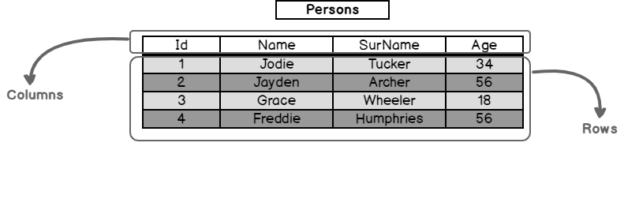
In this article, we will learn the concept of SQL tables and then work on how we can create tables with different techniques in SQL Server.
Read more »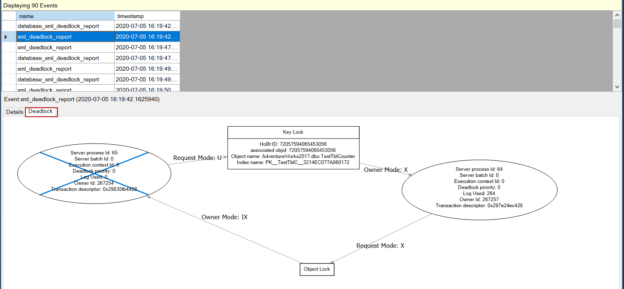
In this article, we will talk about the deadlocks in SQL Server, and then we will analyze a real deadlock scenario and discover the troubleshooting steps.
Read more »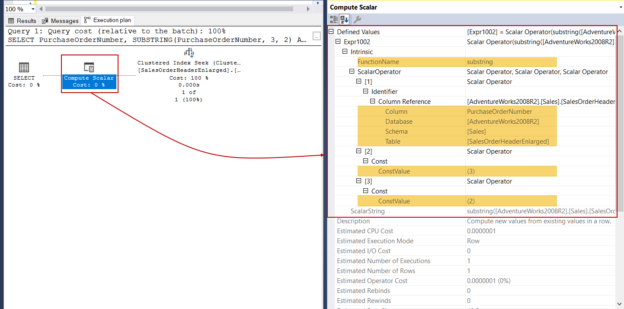
In this article, we will briefly explain the SUBSTRING function and then focus on performance tips about it.
Read more »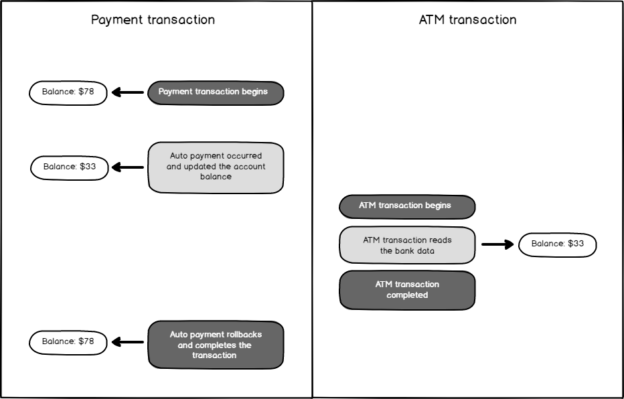
In this article, we will discuss the Dirty Read concurrency issue and also learn the details of the Read Uncommitted Isolation Level.
Read more »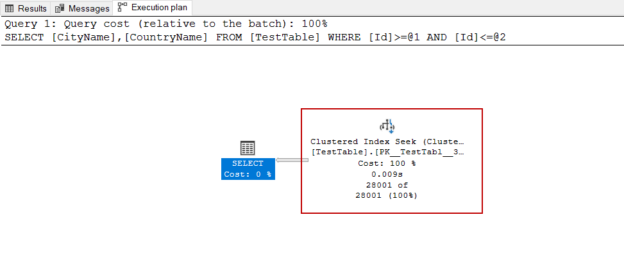
In this article, we will analyze a simple T-SQL query execution plan with different aspects. This will help us to improve our practical skills instead of discussing theoretical knowledge.
Read more »
In this article, we will learn the basics of Parallel Execution Plans, and we will also figure out how the query optimizer decides to generate a parallel query plan for the queries.
Read more »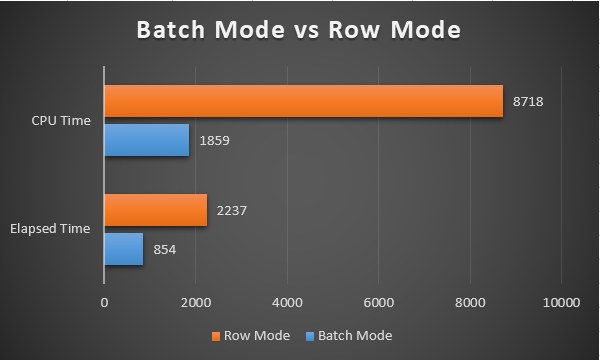
In this article, we will explain batch mode on rowstore feature, which was announced with SQL Server 2019. The main benefit of this feature is that it improves the performance of analytical queries, and it also reduces the CPU utilization of these types of queries. Behind the scene, this performance enhancement uses the batch mode query processing feature for the data, which is stored in row format. Also, this feature has been using by columnstored indexes for a long time.
Read more »
In this article, we will talk about SQL interview questions and answers that can be asked in the second-round technical stage. These interview questions are based on real-life experiences. Therefore, it can be a very useful source when preparing for the second round of SQL technical interviews.
Read more »
In this article, we will learn latch contention issues that we might experience in the SQL Server TempDB database. We will also discuss reasons and the solution method of these latch contention issues. Especially, we will mention the Memory-Optimized TempDB Metadata feature that was introduced with the SQL Server 2019.
Read more »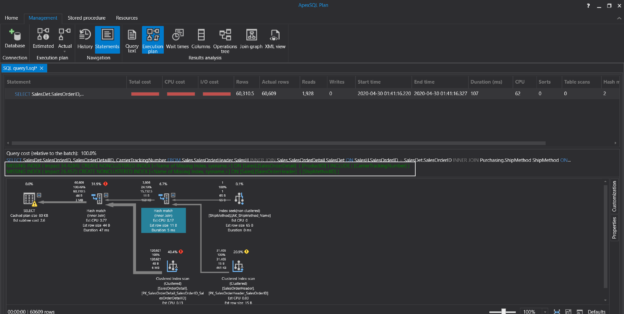
In this article, we will continue to learn essential techniques of the SQL Server query tuning with practical examples.
Read more »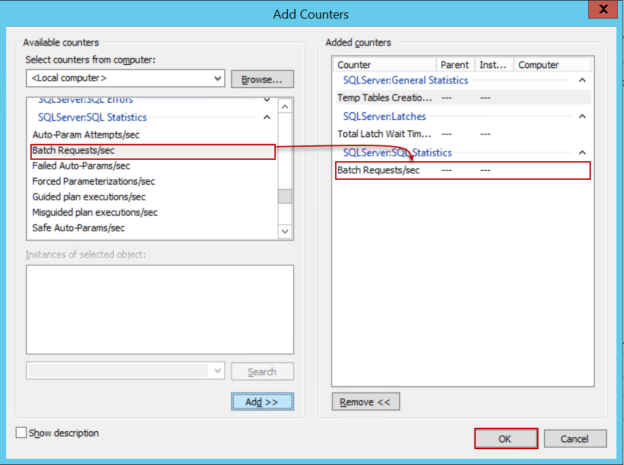
This article will cover the usage details and performance advantages of the memory-optimized table variables.
Read more »
In this article, we will learn different methods that are used to update the data in a table with the data of other tables. The UPDATE from SELECT query structure is the main technique for performing these updates.
Read more »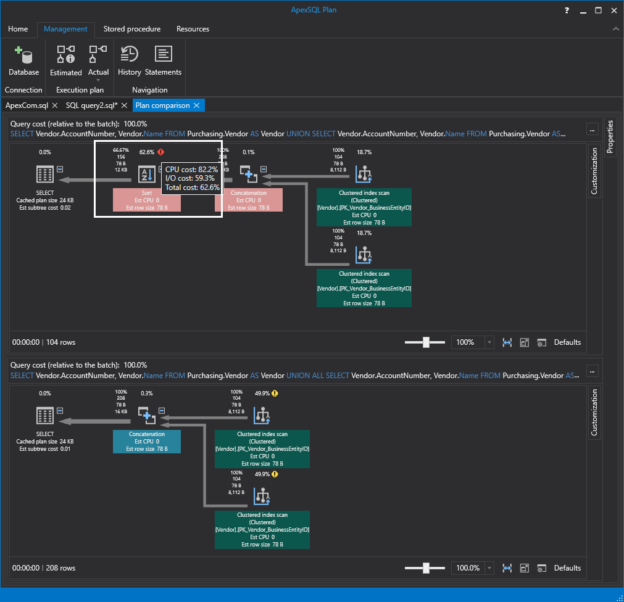
This article will cover some essential techniques for SQL query tuning. Query tuning is a very wide topic to talk about, but some essential techniques never change in order to tune queries in SQL Server. Particularly, it is a difficult issue for those who are a newbie to SQL query tuning or who are thinking about starting it. So, this article will be a good starting point for them. Also, other readers can refresh their knowledge with this article. In the next parts of this article, we will mention these techniques that help to tune queries.
Read more »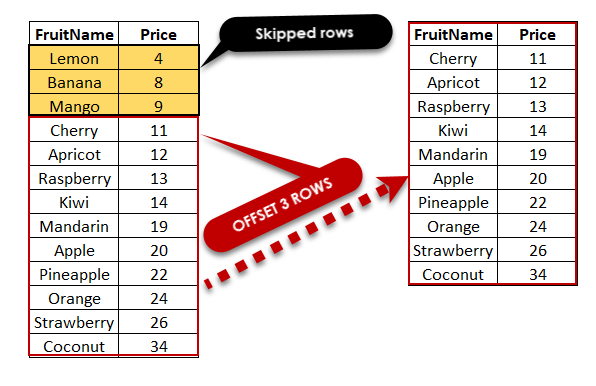
Pagination is a process that is used to divide a large data into smaller discrete pages, and this process is also known as paging. Pagination is commonly used by web applications and can be seen on Google. When we search for something on Google, it shows the results on the separated page; this is the main idea of the pagination.
Read more »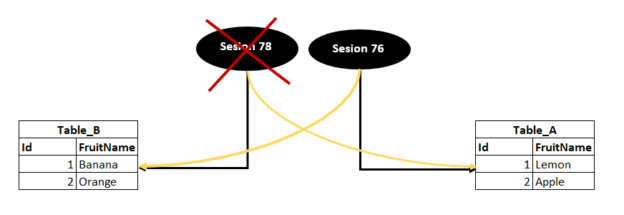
This article explains the deadlock definition in SQL Server, and it also mentions how to capture deadlocks with extended events.
Read more »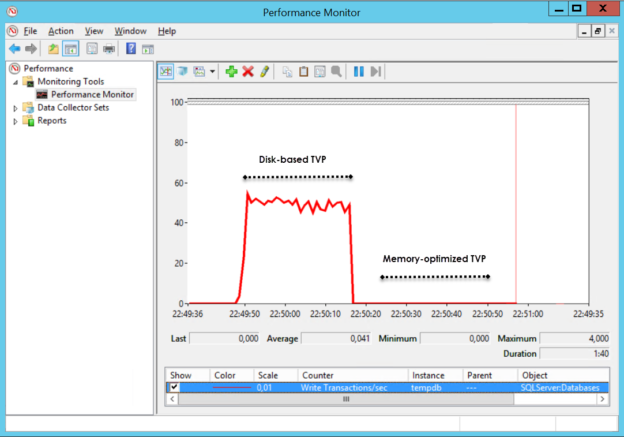
Table-Valued Parameters aka TVPs are commonly used to pass a table as a parameter into stored procedures or functions. They are helpful in a way, we can use a table as an input to these routines and we can get rid of dealing more complex steps to achieve this process.
Read more »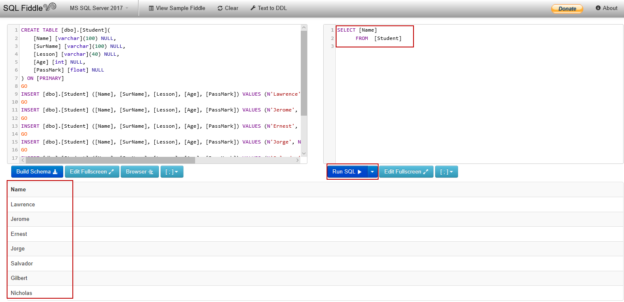
Essentially, SQL language allows us to retrieve and manipulate data on the data tables. In this article, we will understand and gain the ability to write fundamental SQL queries. At first, we will take a glance at the main notions that we need to know about in order to write database queries.
Read more »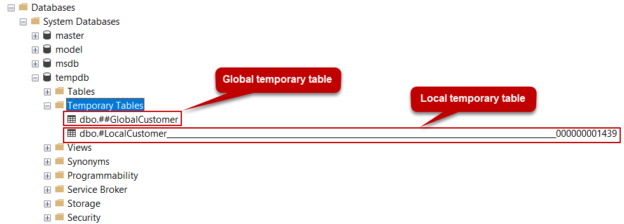
Temporary tables, also known as temp tables, are widely used by the database administrators and developers. However, it may be necessary to drop the temp table before creating it. It is a common practice to check whether the temporary table exists or not exists. So, we can eliminate the “There is already an object named ‘#temptablename’ in the database” error during the temporary table creation.
Read more »
In this article, we will learn the SQL Average function which is known as AVG() function in T-SQL. AVG() function is an aggregate function that calculates the average value of a numerical dataset that returns from the SELECT statement.
Read more »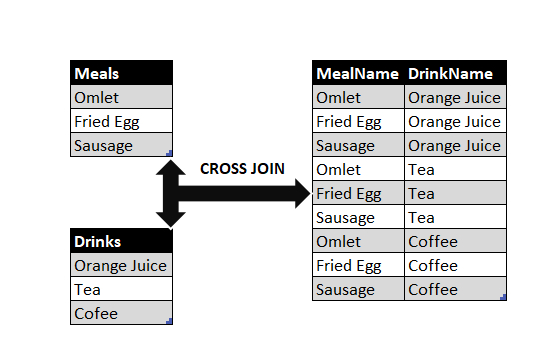
In this article, we will learn the SQL CROSS JOIN concept and support our learnings with straightforward examples, which are explained with illustrations.
Read more »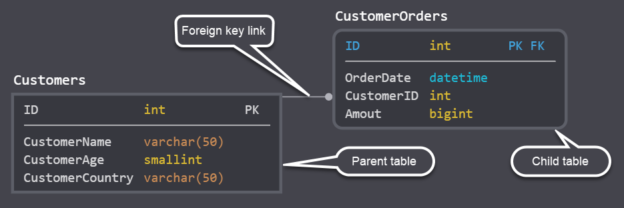
In this article, we will seek an answer to an important question – “What is a foreign key in SQL Server?”. At the same time, we will give some seconder answers to this question. In this way, we can understand the foreign key concept more clearly.
Read more »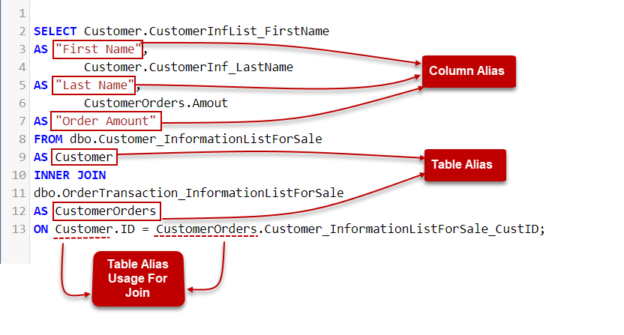
SQL AS keyword is used to give an alias to table or column names in the queries. In this way, we can increase the readability and understandability of the query and column headings in the result set.
Read more »© Quest Software Inc. ALL RIGHTS RESERVED. | GDPR | Terms of Use | Privacy